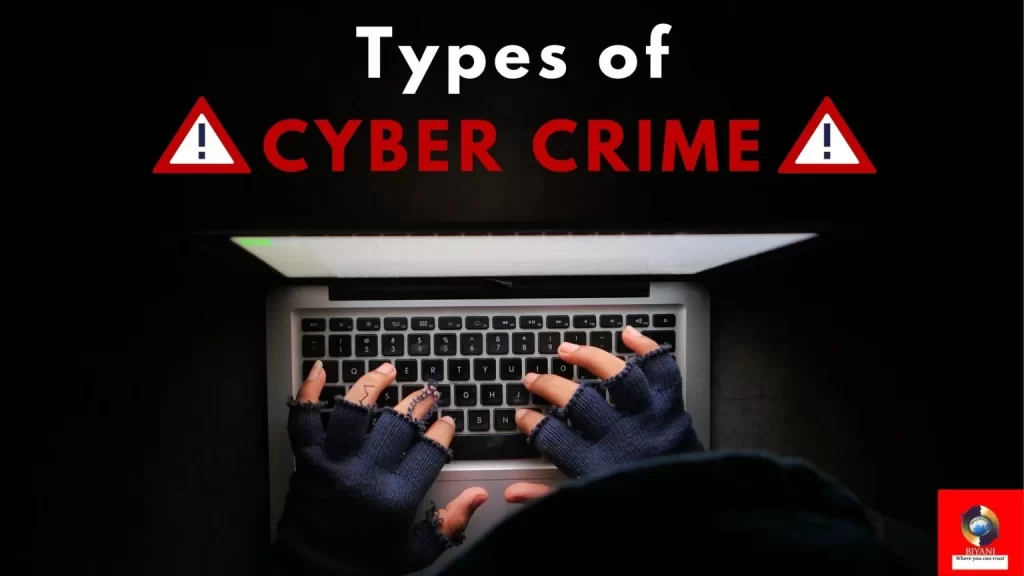Introduction
Hey there, I hope you doing well. As you all know, Cybercrime is increasing in India at a high pace. Likewise, phishing is also a type of cybercrime. This blog is all about what is phishing’. Moreover, you are gonna read about some types of cybercrime.
In addition, you’ll get to know about Jamtara: The Phishing Capital of India’. So, keep reading till the end of the blog.
Let’s get started…..
What is phishing’
Firstly, we have to talk about how “Phishing” comes under Cybercrime. Generally, Cybercrime means illicit activities by using the computer as a tool, a target, or both. It involves a computer and a network and using the Criminals harms someone’s security and financial health.
In the same vein, Phishing is an email sent from an Internet criminal disguised as an email from a legitimate, trustworthy source. Basically, the message is meant to lure you into revealing sensitive or confidential information.
Not only ‘Aam Aadmi’ but also industrialists or IAS/IPS Officers, cybercriminals in the country are sparing no one. What is interesting about these criminals is that they are making use of technology – that made life easier for several by simplifying online payment, expanding social media networks, shopping, etc. to dupe and scam people.
I am sharing real-life incidents with you all-
Jamtara is a city situated in Jharkhand state. It is also nicknamed “The Phishing Capital of India”. This title has been given to the city because there were infinite cases or incidents that happened all over the country whose center point was this small town, JAMTARA.
Why Jamtara is the phishing capital of India?
Case 1- Offering to help with KYC
An IAS Officer got a call from a Bank for KYC verification of his account. Further, the caller requested the officer to download an application so that the caller gets permission to access his mobile screen for KYC Details. After Disconnecting the Call the officer got continuous notifications. Firstly he ignores it but after some time he came to know about a huge amount of loss.
Case 2- Sextortion
A Doctor Got a video call from an unknown number. The caller (criminal) played a video that had adult content. After that, the doctor continuously watched that video and the caller recorded the whole incident. The caller blackmailed the doctor and grabbed money from him.
Case 3- Gaining Account Details-
An IB official shared his card credentials with OTP & had a huge loss of money.
Hence, what the above cases have in common is that the person receives a call and lost a huge amount of money. Moreover, Cybercriminals exploit people and steal confidential and sensitive information through various email-based strategies. I have discussed such here in my Blog-
Types of Cybercrimes

Spam is unsolicited email, instant messages, or social media messages. These messages are fairly easy to spot and can be damaging if you open or respond.
Spear Phishing occurs when criminals obtain information about you from websites or social networking sites and customize a phishing scheme for you.
Spoofing describes a criminal who impersonates another individual or organization, with the intent to gather personal or business information.
Pharming is a malicious website that resembles a legitimate website, used to gather usernames and passwords.
While most cybercrimes are carried out in order to generate profit for the cybercriminals, some cybercrimes are carried out against computers or devices directly to damage or disable them. A primary effect of cybercrime is financial. So everyone has to be safe and sure. Never share any credentials or OTP with an unknown person.
SATARK RAHE. SURAKSHIT RAHE.
Blog by: Ms. Kratika Singh Sisodiya
Department of Information & Technology
Biyani Group of Colleges, Jaipur
Thank you for reading ‘what is phishing’. Kindly, share it with everyone if you think cyber security is necessary. Who knows, who’ll get the next fraud call/message.
DOWNLOAD Guru KPO Plus App for online learning.
KEEP READING. KEEP SHARING.

